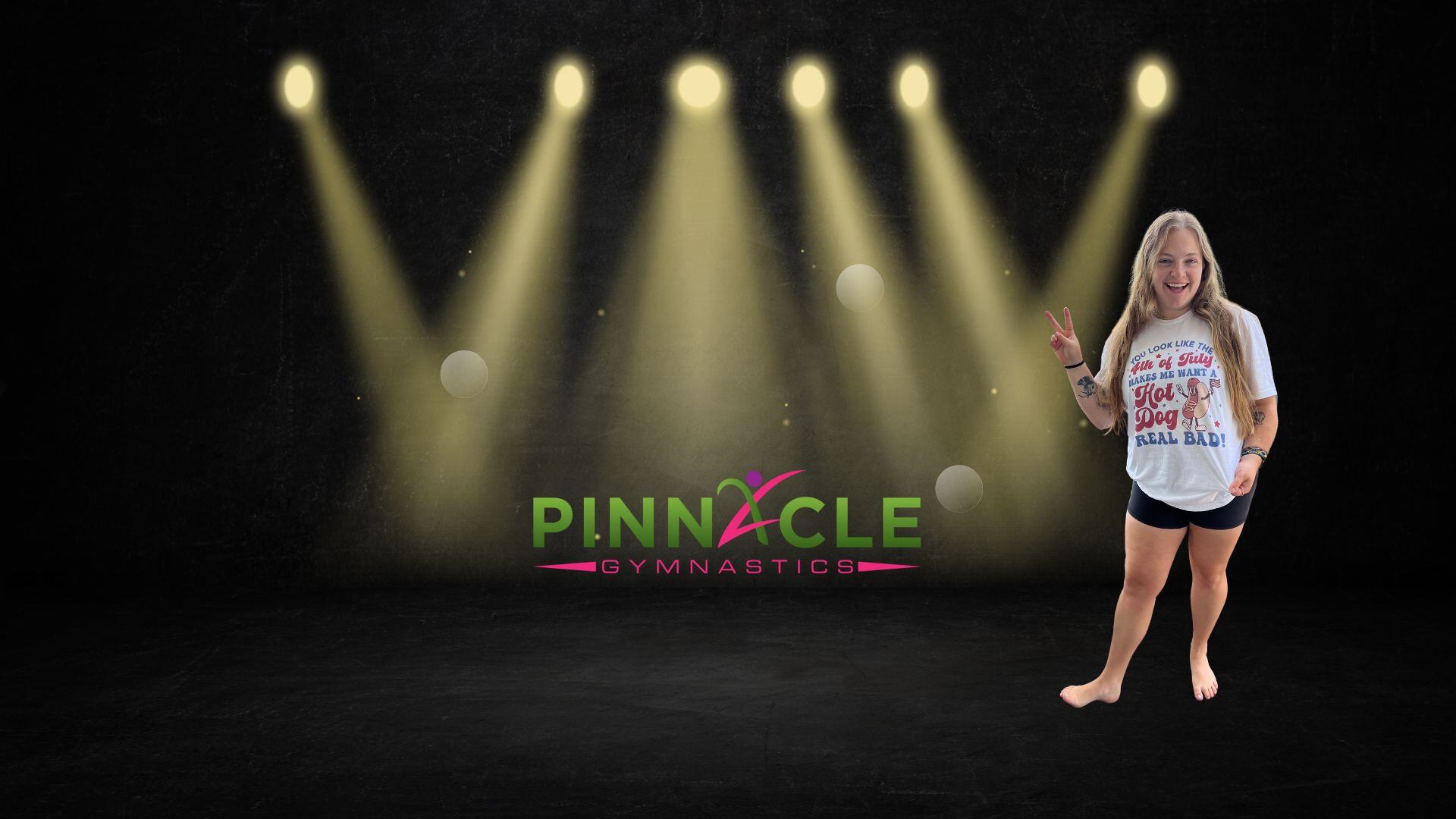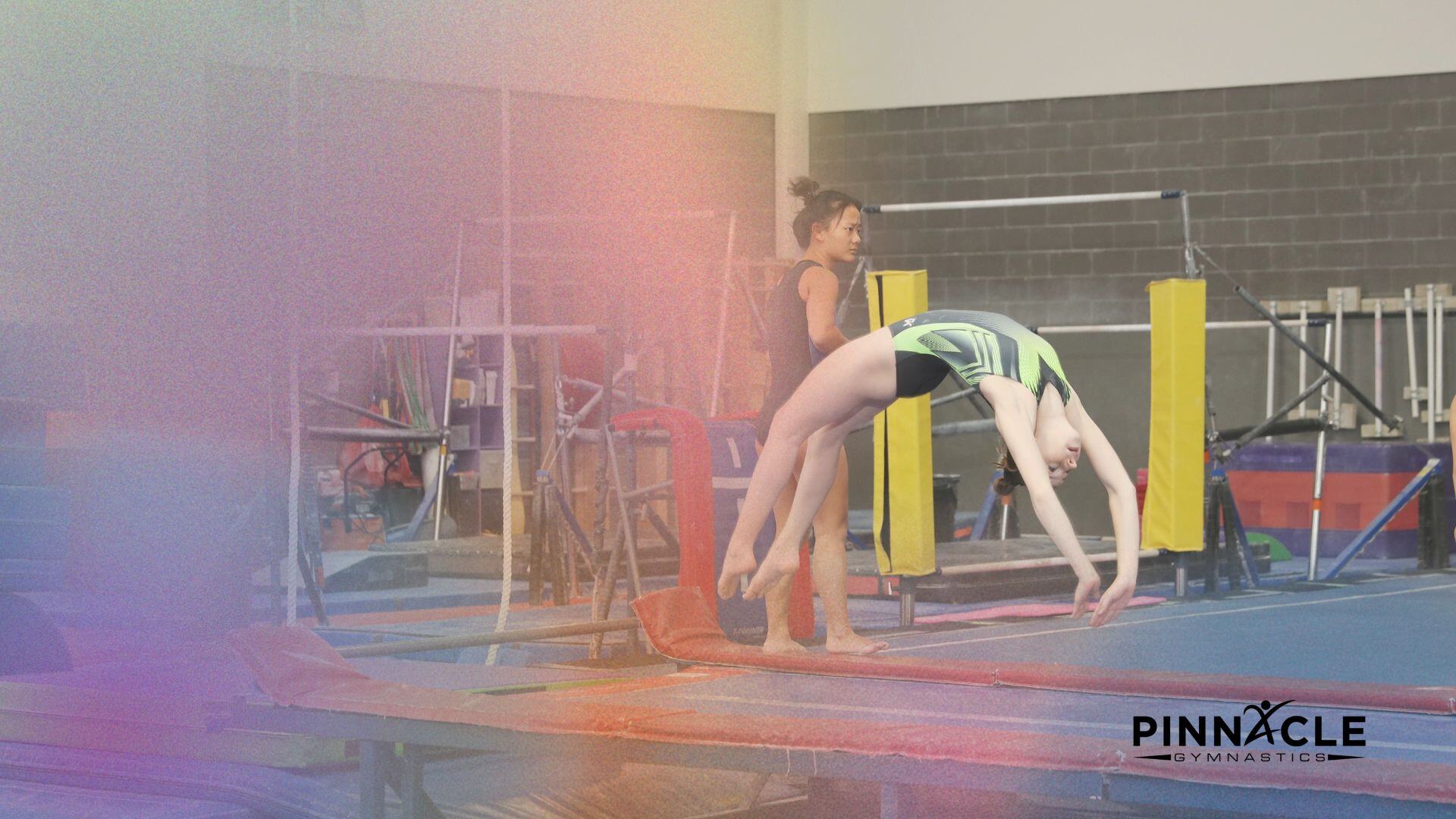The New Level 6/7 Vault: What are they looking for?
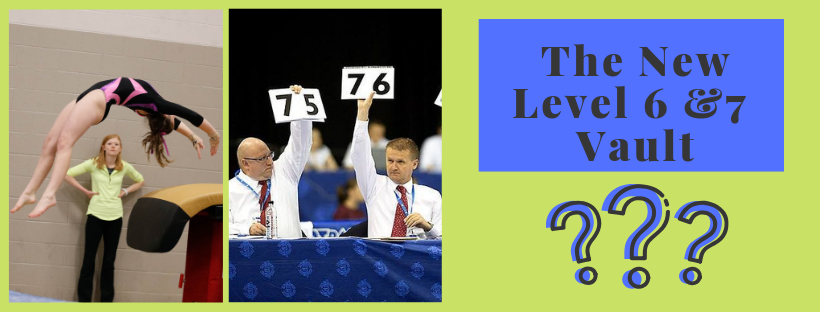 What is the new level 6/7 vault?
What is the new level 6/7 vault?
If you have been to a level 6 or 7 gymnastics competition this season. There is one major change, the vault. For years, the standard level 6 and 7 vault has been a front handspring. However, coaches across the country have been hoping for a change. The change has come! This year gymnasts have three different options for their vault. First, they can perform a round off entry vault, also known as a Yurchenko. The second choice is a Tsukahara entry, the gymnast punches forward and turns onto the table. Last, the gymnast may perform a front handspring entry vault. Each of these vaults is performed as a timer, or drill, for flipping vaults that level eight plus gymnasts perform. The gymnasts are judged on the angle of arrival, the length of time on the table, the angle of departure, and the height and distance they generate away from the table. The gymnast is not judged on the landing.
What is the goal?
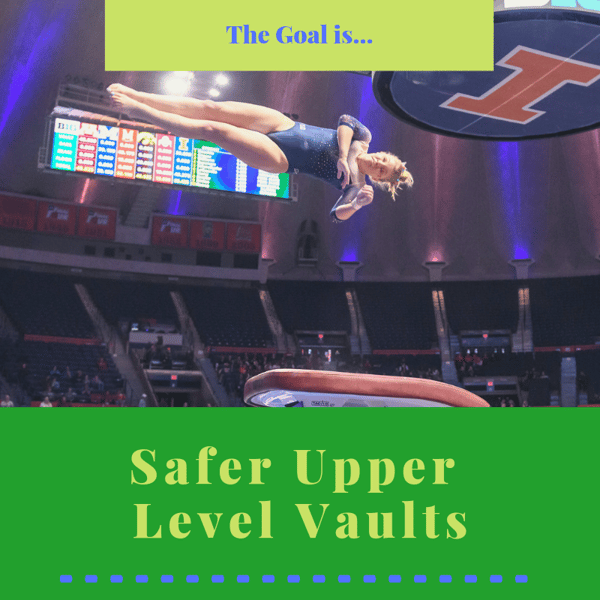
The goal of having level 6 and 7 gymnasts compete a timer is to create better and safer vaults when the gymnast transitions to a vault that includes a flip in the post flight. Level 8 is the first level that allows gymnasts to flip on vault. This used to be a very big transition for athletes as they had been competing a front handspring for years. Allowing gymnasts to compete a timer in level 6 and 7 will help bridge the gap and provide a stronger foundation for flipping vaults. Gymnasts will now have spent a year or two working on the first part of the vault in a competition setting before adding the flip.
What are the judges looking for?
1. Angle of arrival
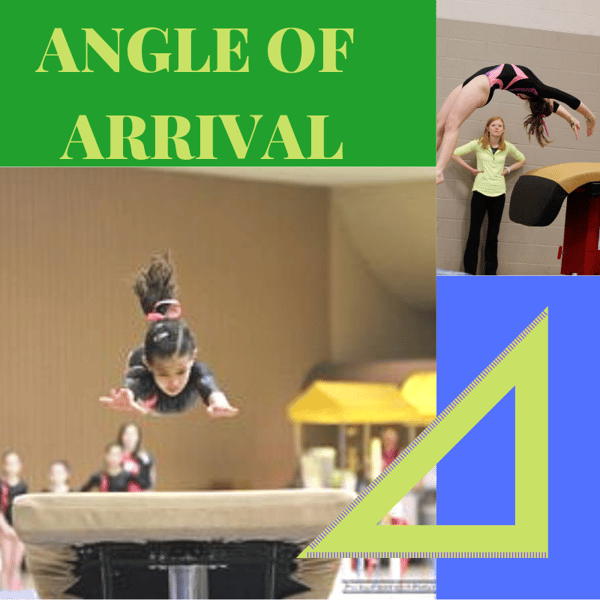
The angle of arrival is the angle the gymnast is at when her hands contact the table. The judges are looking for the angle to be under 45 degrees from vertical to receive no deduction. If the gymnast makes contact past that angle then the judges can take up to three tenths in deduction. The further the gymnast is from the correct angle the more the deduction, with the maximum being three tenths.
2. Length of time in support
The judges also evaluate the length of time that the gymnast's hands are on the table. The goal is for the hands to only make brief contact. I like to tell my gymnasts to think of the vault as a hot potato. You don't want to burn your hands by leaving them on too long. This part of the vault and judging is important for future vaulting success. Judges have the opportunity to take between zero to five tenths of deduction for the length of time on the vault.
3. Angle of departure
The angle of departure is the angle the gymnast is at when her hands leave the table. For this angle, the goal is to leave the table by vertical. If the gymnast's hands are off by vertical there is no deduction. If the gymnast leaves the table between one degree and 45 degrees past vertical the range of deductions is between 5 hundredths and tenths. If the angle is between 46 degrees past vertical to horizontal the range becomes larger 6 tenths to one full point. Again, this angle of departure plays a critical role in future vaulting success.
4. Height & Distance
Once the gymnast has left the table the judges want to see both height and distance. Lack of height from the table can result in up to five tenths in deduction, while distance can result in up to three tenths in deduction. Keep in mind the judges due consider the size of the gymnast when evaluating height and distance.
5. No landing deductions?
 The craziest part about this vault might be that the landing is not judged. The gymnast's feet must make contact with the mat to receive credit. However, once the feet hit the gymnast can fall backward, roll, or take steps. For some this is confusing. Why are we not teaching the gymnast to land? The answer is simple, this vault is a drill for future vaulting success. We want to see the gymnast generate power and momentum that lead to more advanced flipping vaults
The craziest part about this vault might be that the landing is not judged. The gymnast's feet must make contact with the mat to receive credit. However, once the feet hit the gymnast can fall backward, roll, or take steps. For some this is confusing. Why are we not teaching the gymnast to land? The answer is simple, this vault is a drill for future vaulting success. We want to see the gymnast generate power and momentum that lead to more advanced flipping vaults
Change is a process for everyone -
Change is challenging. The change in vault is difficult for the judges who learned a whole new set of rules. They are trying to look at multiple angles in a matter of seconds. They have been practicing with videos and gym visits to become consistent, but even with practice it will take time. Change is challenging for the athletes, coaches, and parents as they each try to best understand the rules of this new vault. There will continue to be change over the next year or so. Rules will continue to be clarified and modified to do what is best for the athlete.


